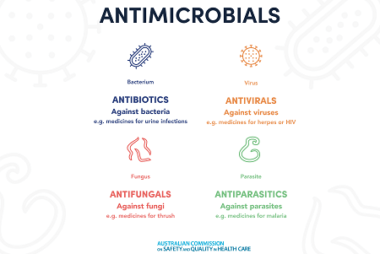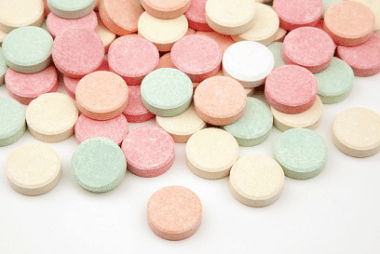Cleansing action
The term “cleansing action” can refer to a few different things depending on the context. Here are a few possible meanings: What is Required Chemistry in Everyday Life Cleansing action The required chemistry for cleansing action in everyday life depends on the specific cleansing product or process being used. However, there are a few general…









